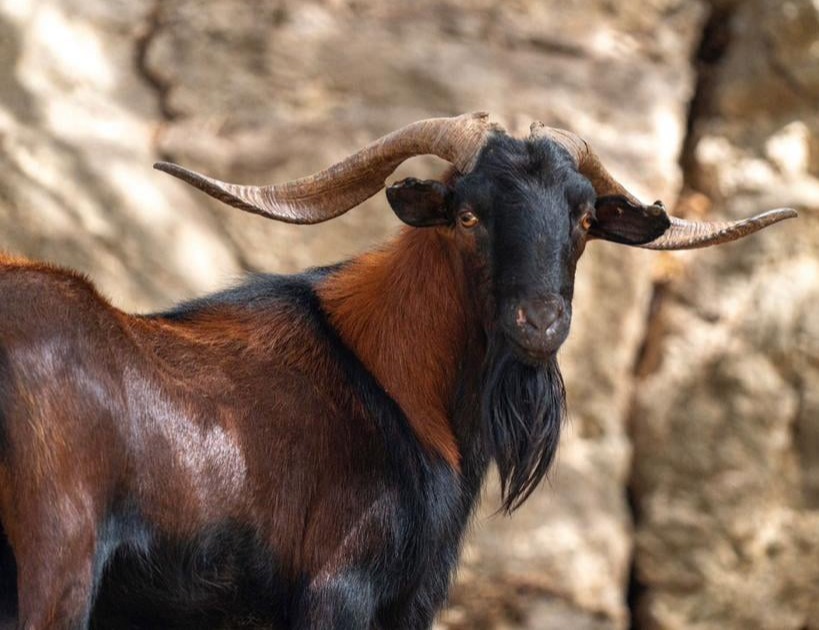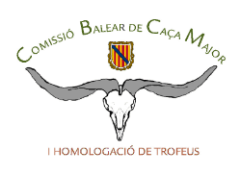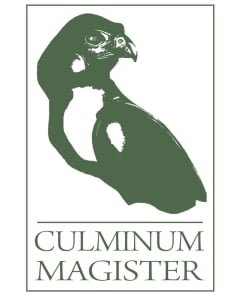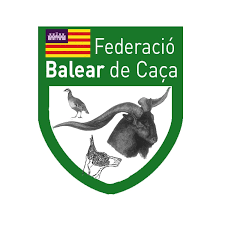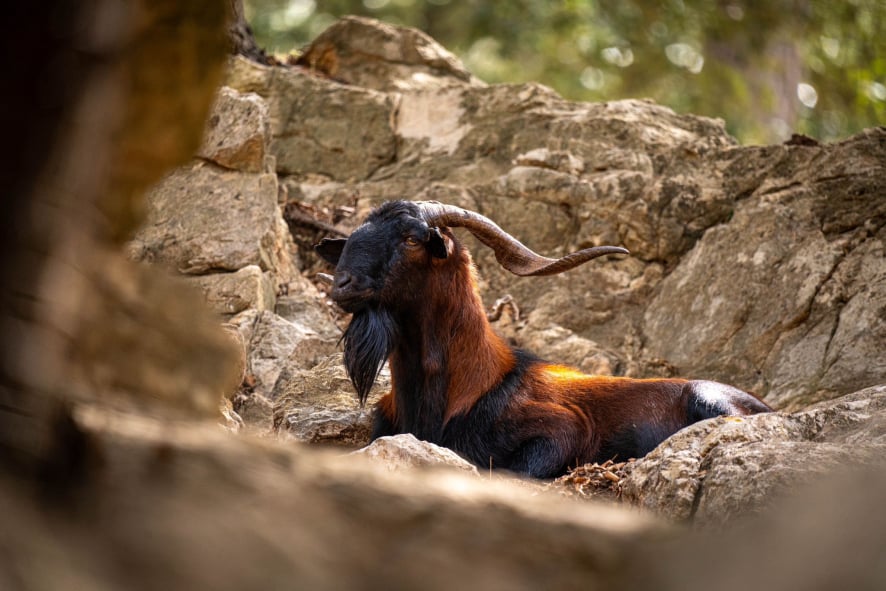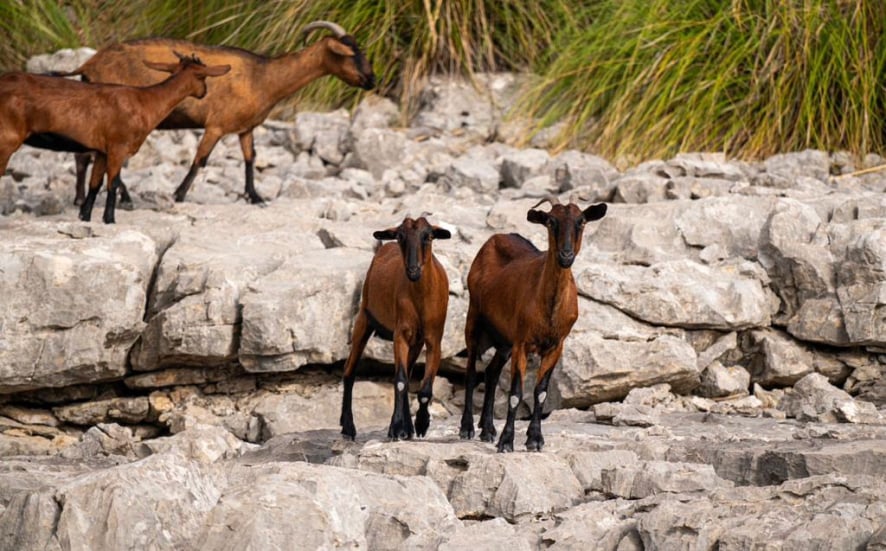Balearian BocThe Mallorcan wild goat
Wild goats were not truly present on the Mediterranean islands before the late 9th–8th millennium BC (Masseti, 2014). In the case of Mallorca, it is believed that human colonization of the island took place between 2350 and 2150 BC, with no evidence of any earlier human presence (Alcover, 2010). The arrival of the first caprines is documented between 2300 and 2050 BC (Seguí et al., 2005).
Today, the Mallorcan wild goat exists as isolated populations with distinct genetic and phenotypic characteristics, reflecting both their ancestral traits and the effects of human management. These populations are maintained through conservation efforts linked to their sustainable and high-quality use (Barceló et al., 2017).
